June 11, 2025 /SemiMedia/ — The global wafer foundry industry recorded a 5.4% sequential revenue decline in the first quarter of 2025, reaching $36.4 billion, according to a report by TrendForce. The downturn was softened by a surge in rush orders placed ahead of new U.S. reciprocal tariffs and continued support from China’s consumer subsidy programs.
TSMC retained its dominant position with a 67.6% market share. Although the smartphone market entered a seasonal lull, demand for AI and high-performance computing (HPC), as well as tariff-driven TV orders, helped cushion the drop. TSMC posted $25.5 billion in Q1 revenue, down 5% quarter-over-quarter.
Samsung, ranked second, saw its Q1 revenue fall 11.3% to $2.89 billion. The impact was driven by export restrictions on advanced nodes to China and limited exposure to China’s domestic subsidies, slightly reducing its market share to 7.7%.
China’s SMIC benefited from front-loaded orders by customers aiming to avoid tariffs, and domestic subsidy-driven demand, which helped offset a decline in ASP. Its revenue rose 1.8% to $2.25 billion, ranking third globally.
In the mid-tier segment, Hua Hong Group maintained stable revenue at $1.01 billion, supported by ramping shipments from its HHGrace fab and a low-price strategy to attract customer tape-outs.
Hefei Nexchip also gained from policy-related short-term orders, increasing output and pushing Q1 revenue up 2.6% to $353 million, ranking ninth.
Looking ahead to Q2, TrendForce expects the fading of tariff-related early orders to slow overall momentum. However, China's ongoing replacement subsidies, inventory buildup ahead of new smartphone launches, and steady AI HPC demand are anticipated to drive a sequential revenue rebound among the top 10 foundries.

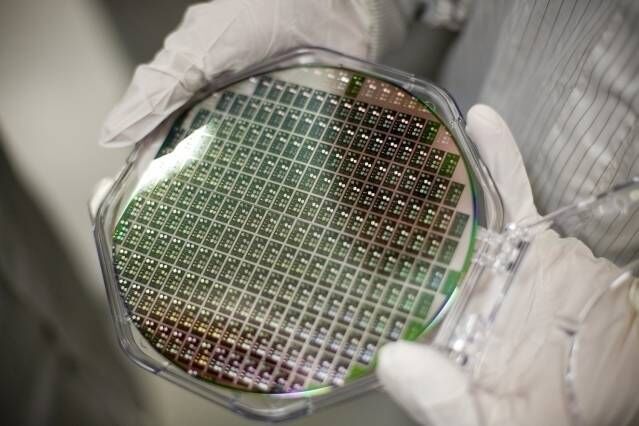




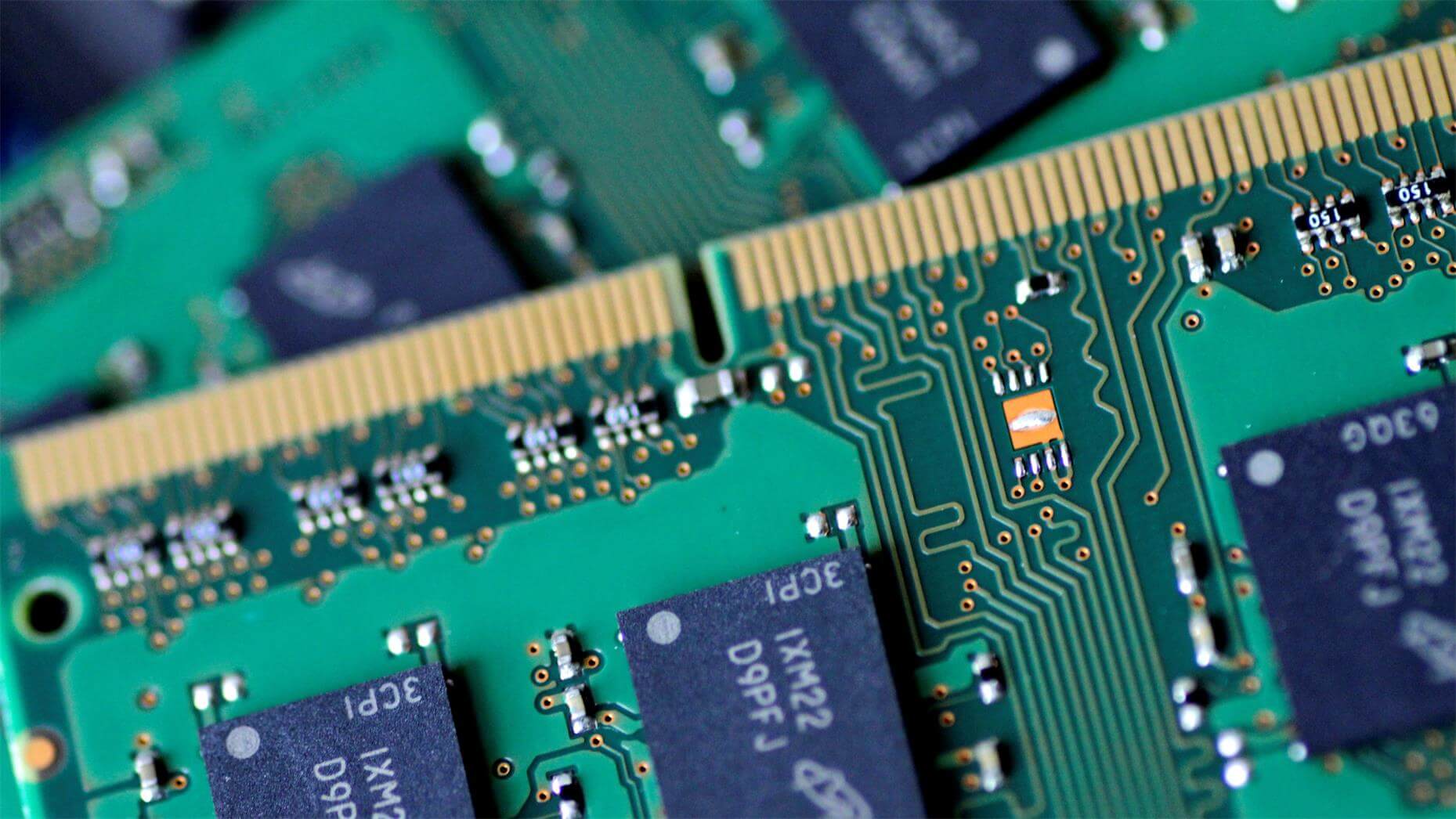
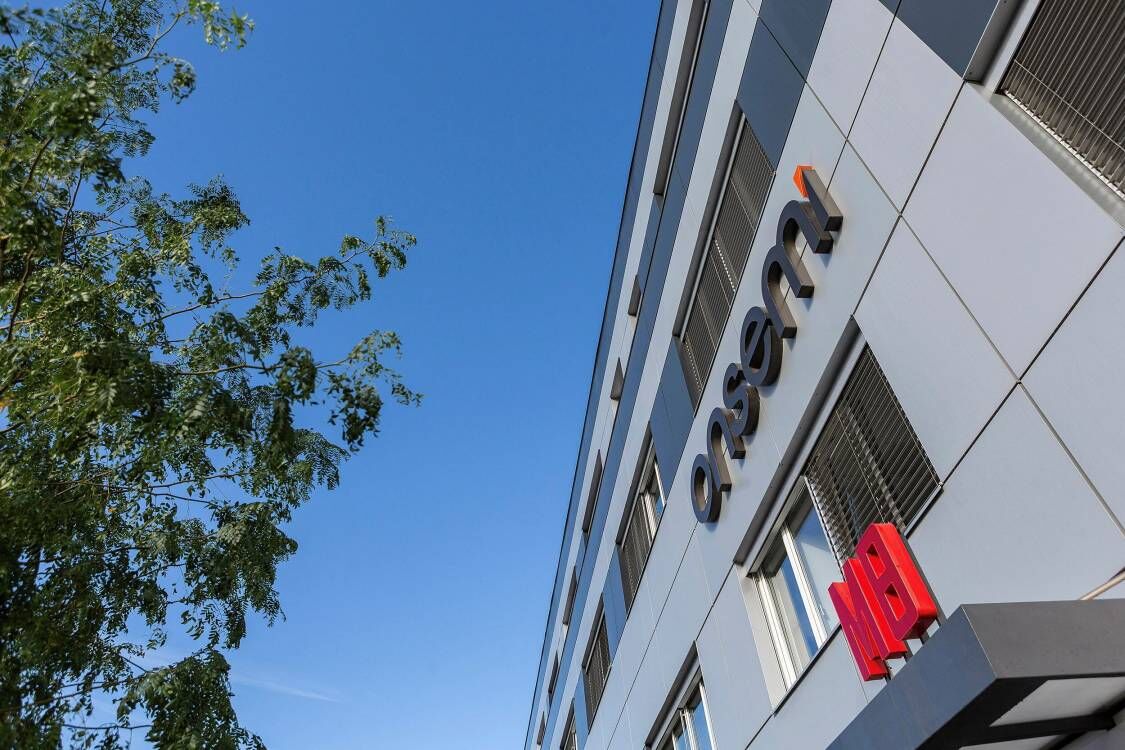

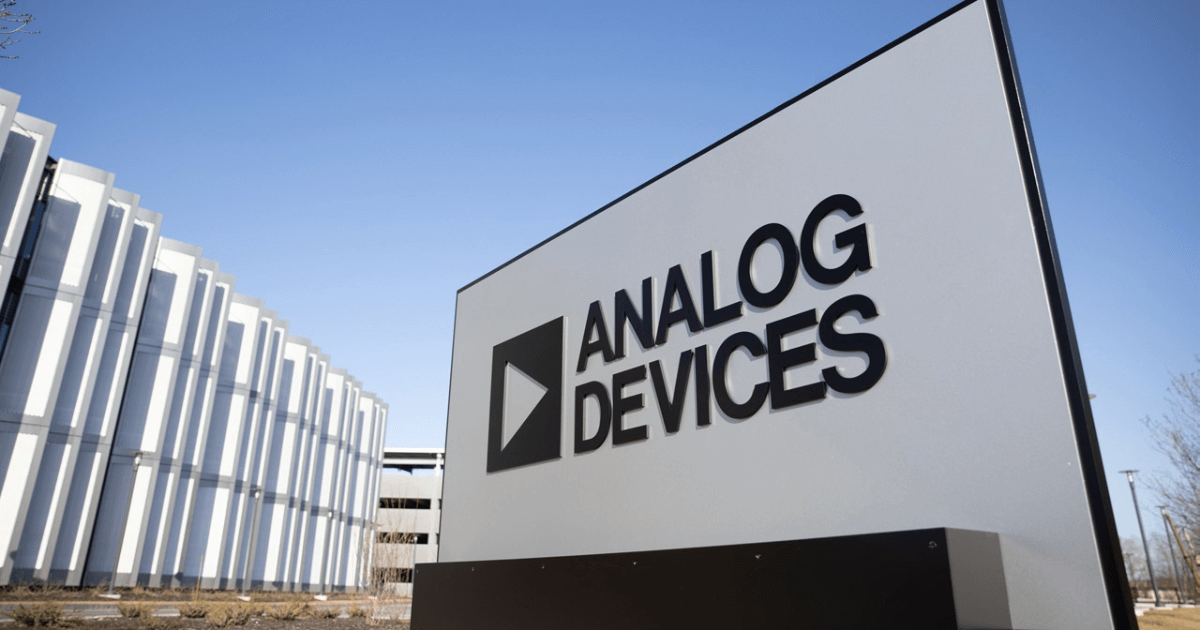
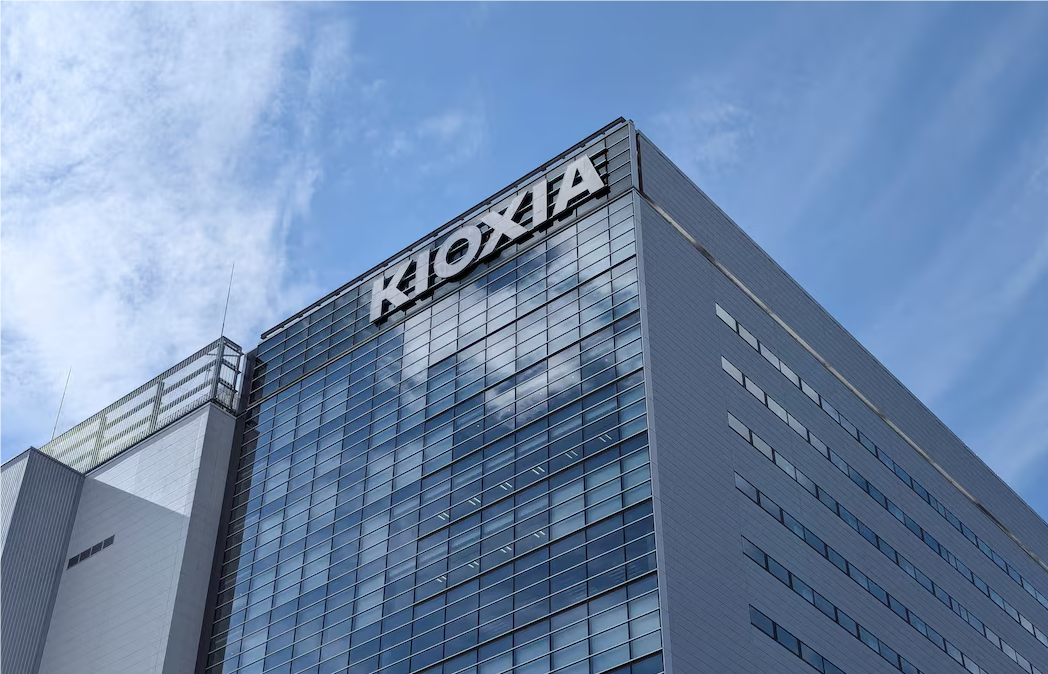

All Comments (0)